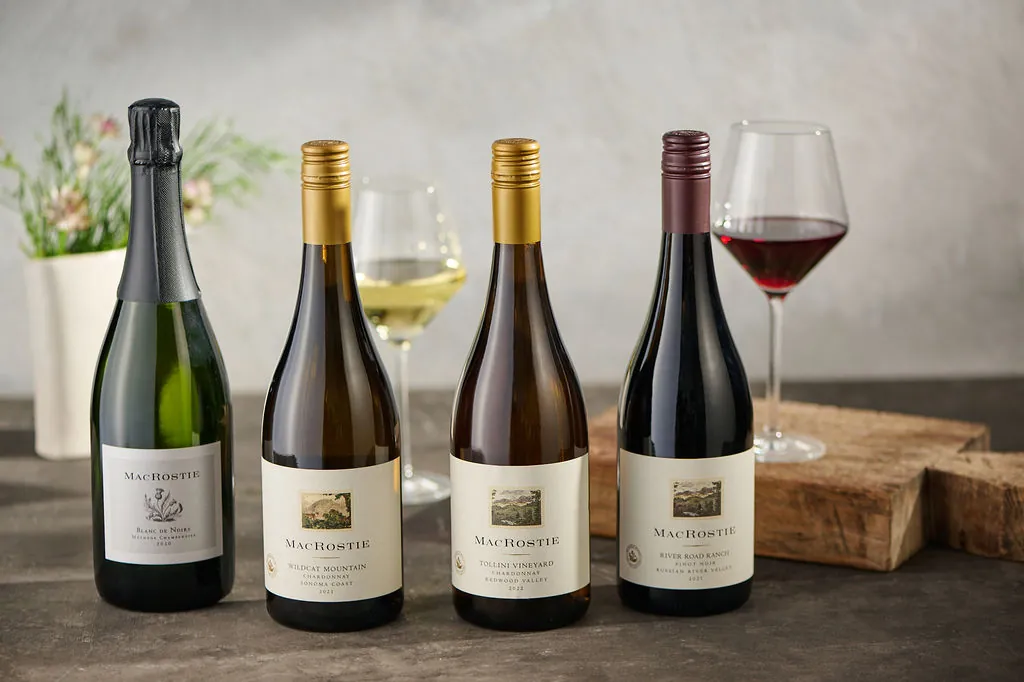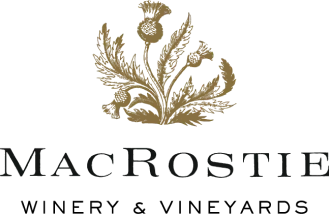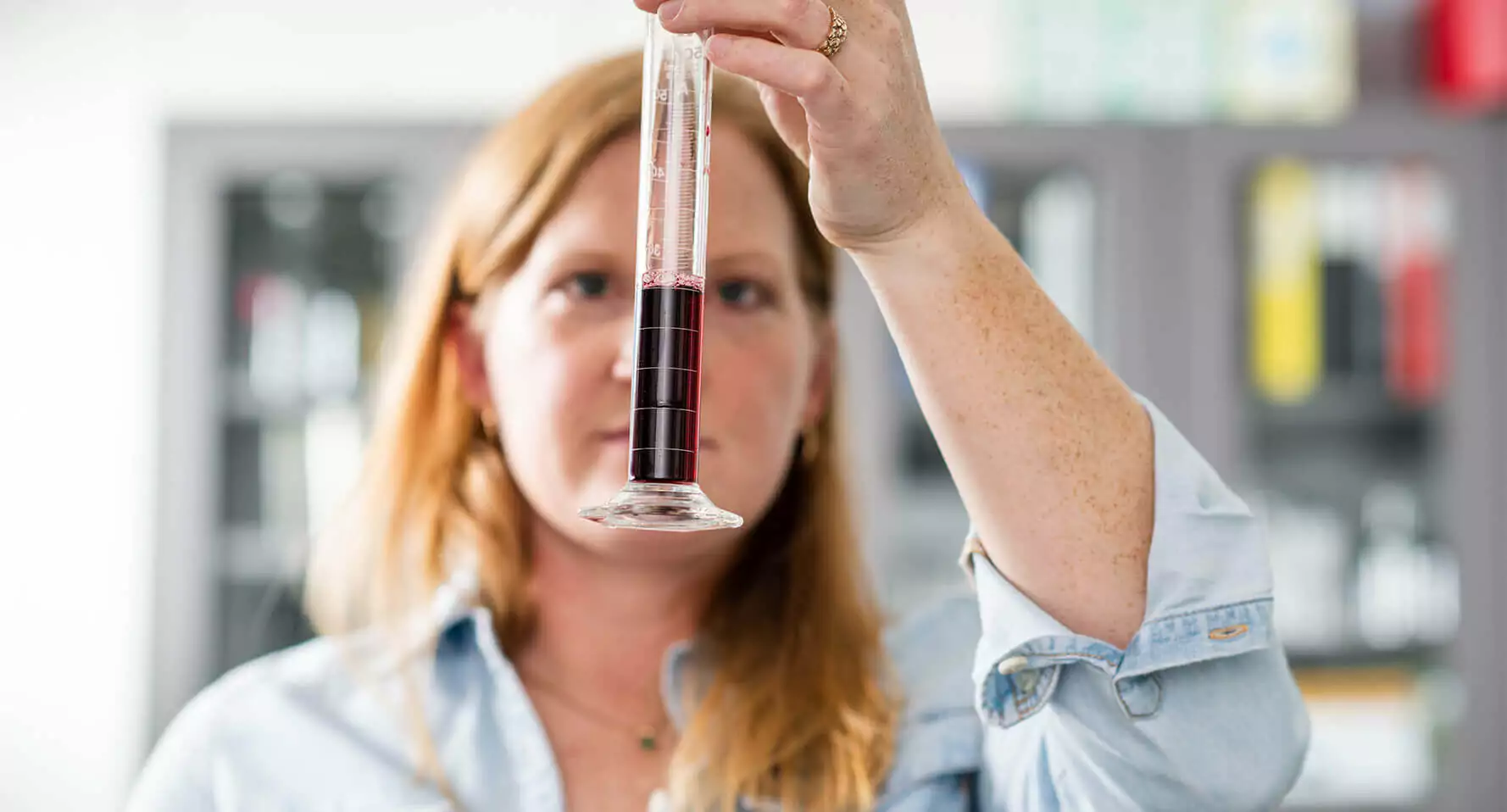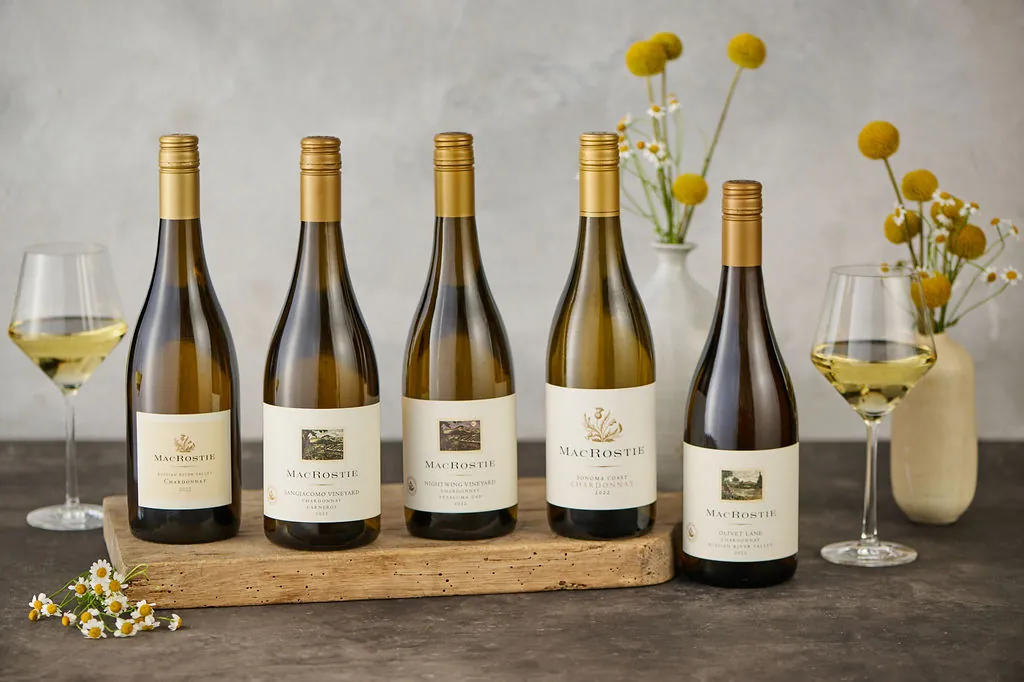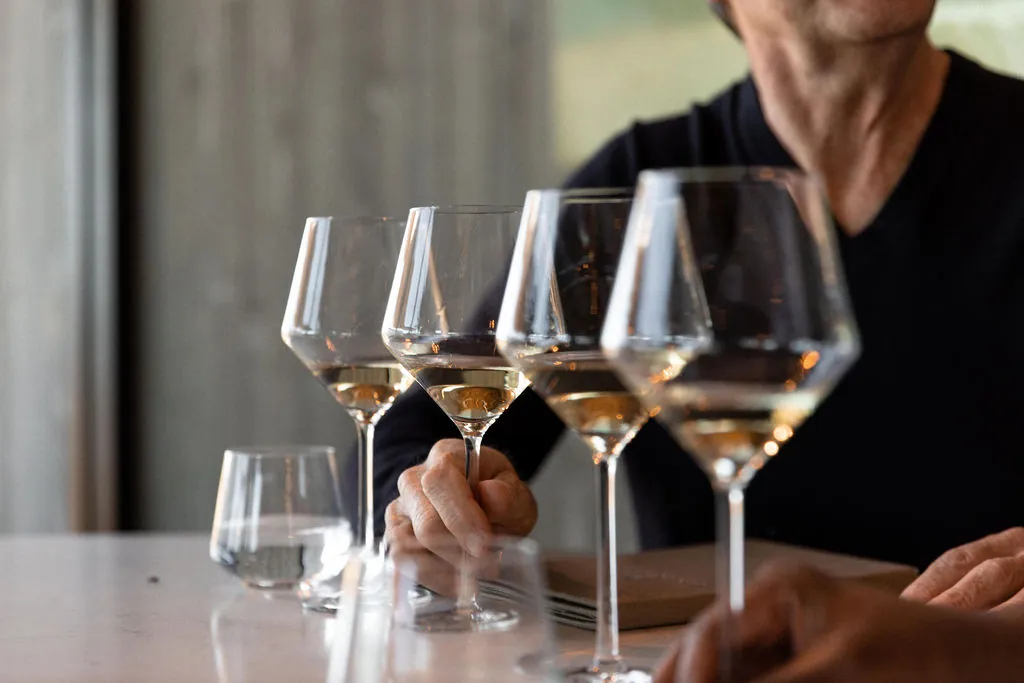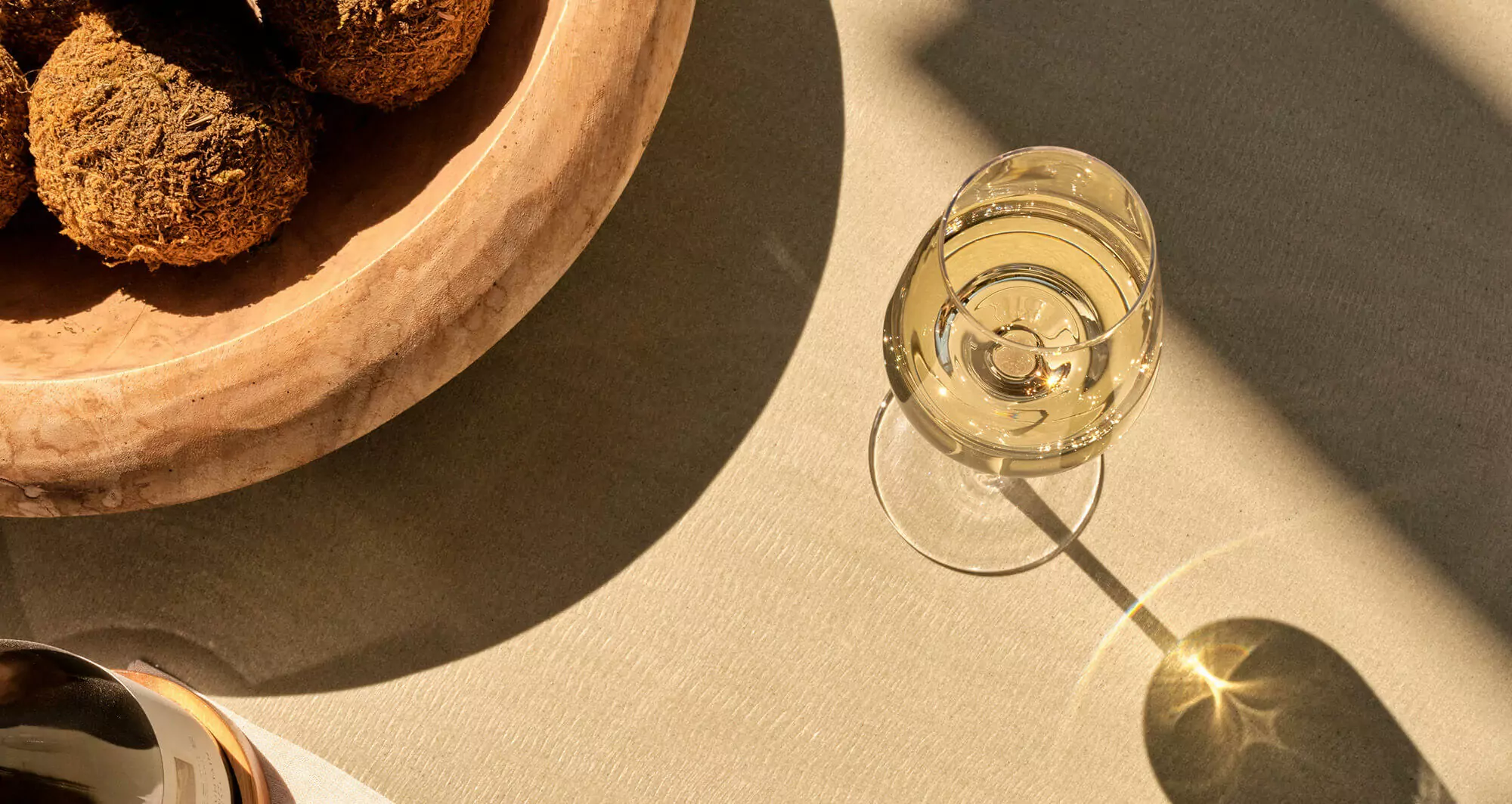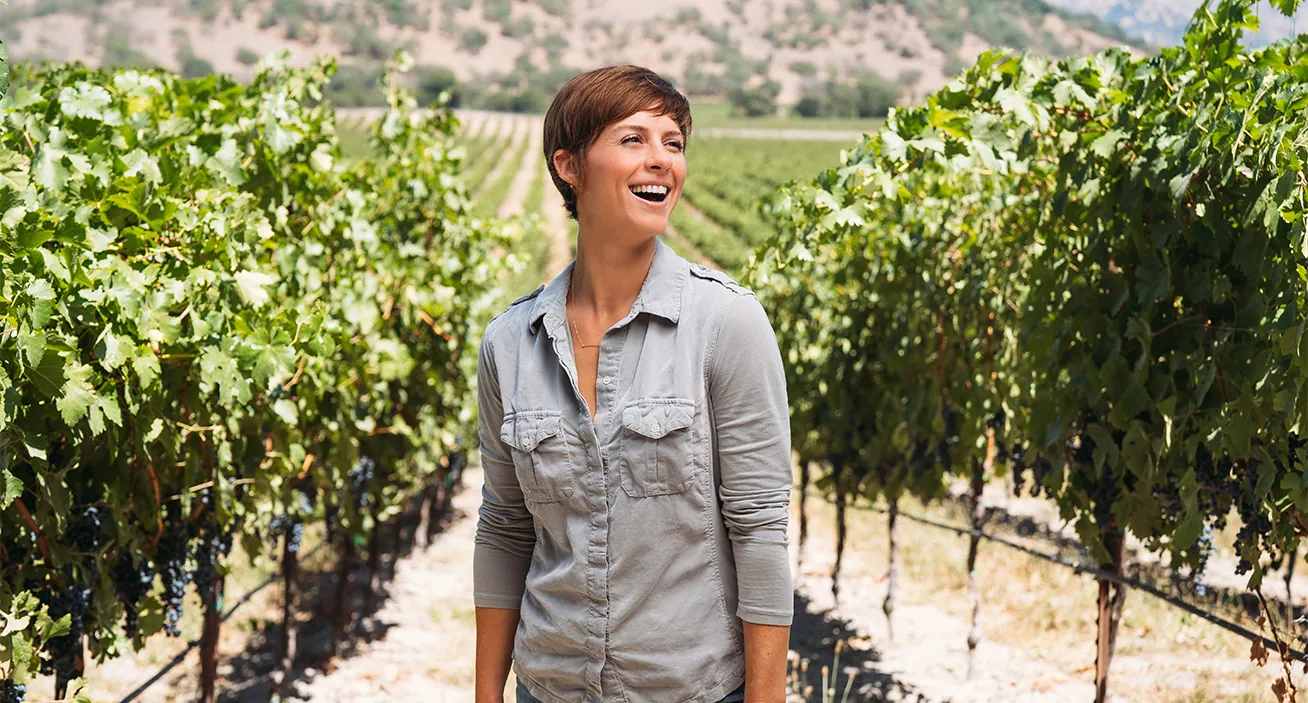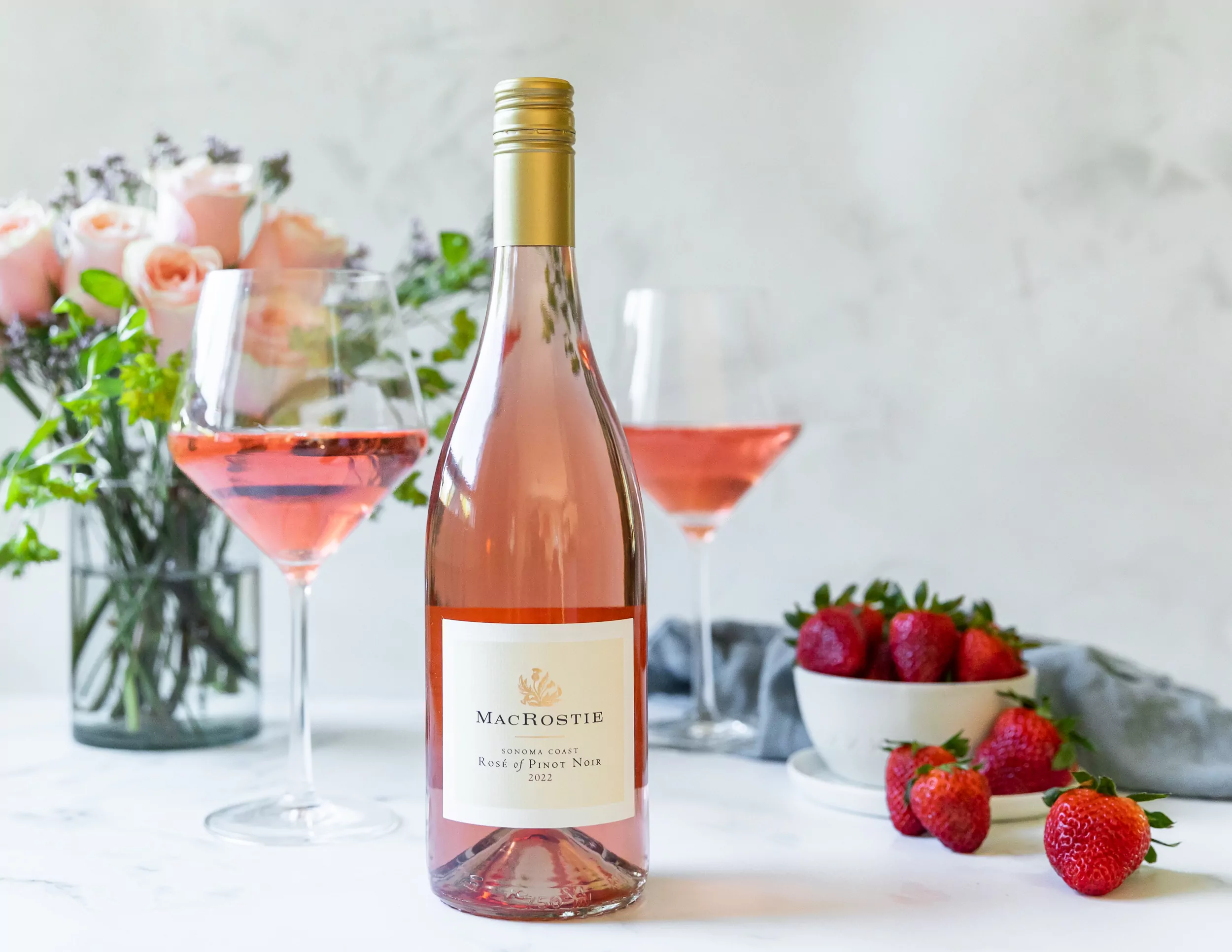A number of years back, when we founded Clockwise as its own small winery, we had an exciting vision. We wanted to take the balanced, complex, and layered style that Steve MacRostie pioneered with our Sonoma Coast and Russian River Valley Chardonnays and Pinot Noirs, and apply it to other regions and grape varieties. The goal was to give our acclaimed Winemaker Heidi Bridenhagen a new playground, where she had the freedom and creativity to explore making any wine she wished.
We chose the name Clockwise because it represents so many of the winemaking elements that are important to us, including time, wisdom, and knowledge. To further emphasize these ideas, the label features an illustration of a navigational sphere. As both a clock and a compass, the sphere reflects the way Clockwise explores different appellations, while always being aware of where we started, where we are, and where we are going.
As it’s evolved, the Clockwise portfolio has grown to include a handful of acclaimed wines. From our extraordinary Clockwise Napa Valley Cabernet Sauvignon and Red Blend to our Clockwise Sauvignon Blanc, Zinfandel, and Rosé of Cabernet Sauvignon, each wine is an opportunity for Heidi and her team to take everything they’ve learned over the years and to apply it to new grapes and regions. Because these wines come from acclaimed small vineyards that our team has sought out specifically for Clockwise, they are true limited-production rarities, with production generally being less than 350 cases.
Ultimately, Clockwise has allowed us to do two very important things; it has preserved MacRostie’s 35-year focus on cool-climate Chardonnay and Pinot Noir while allowing us to share unique and exciting new wines with our members and customers. We’ll drink to that!
